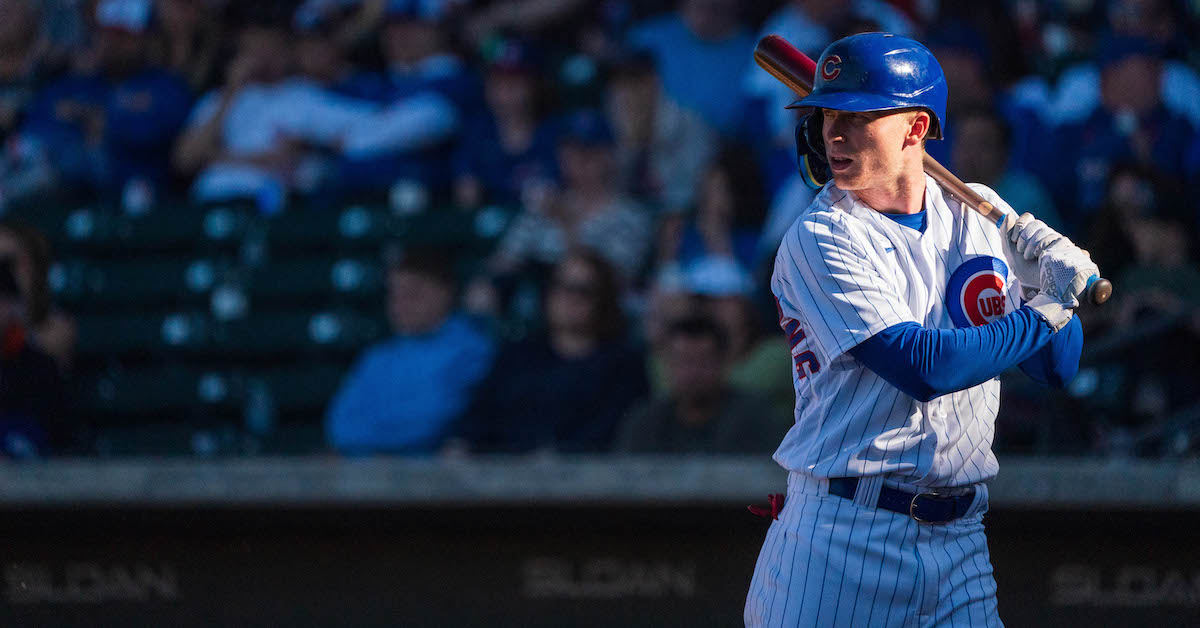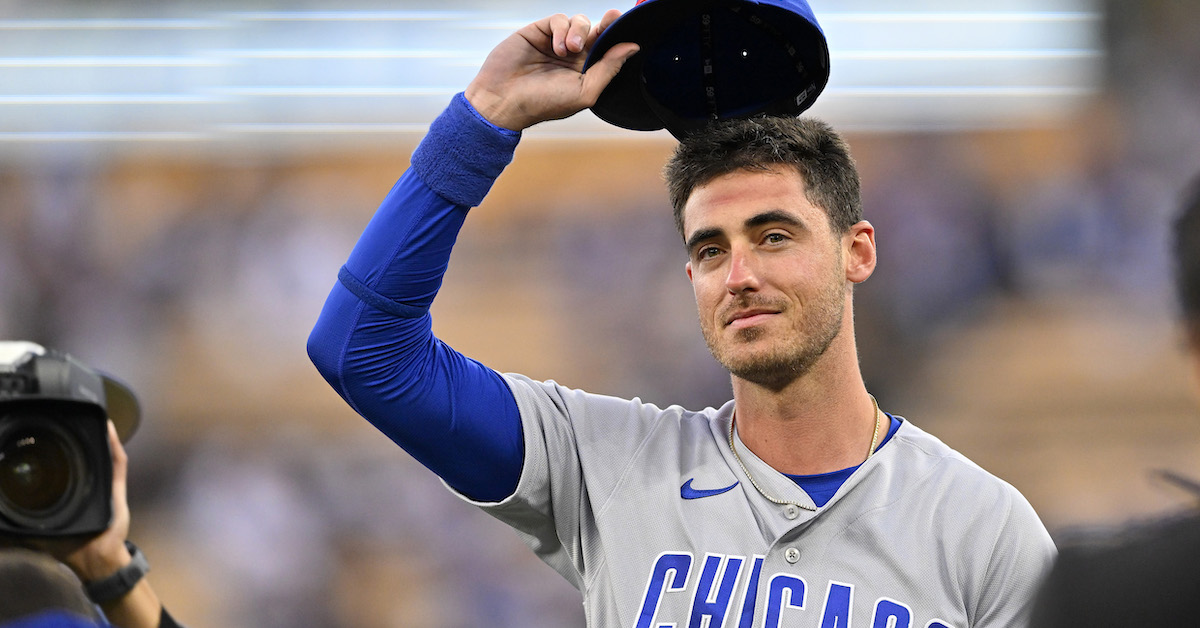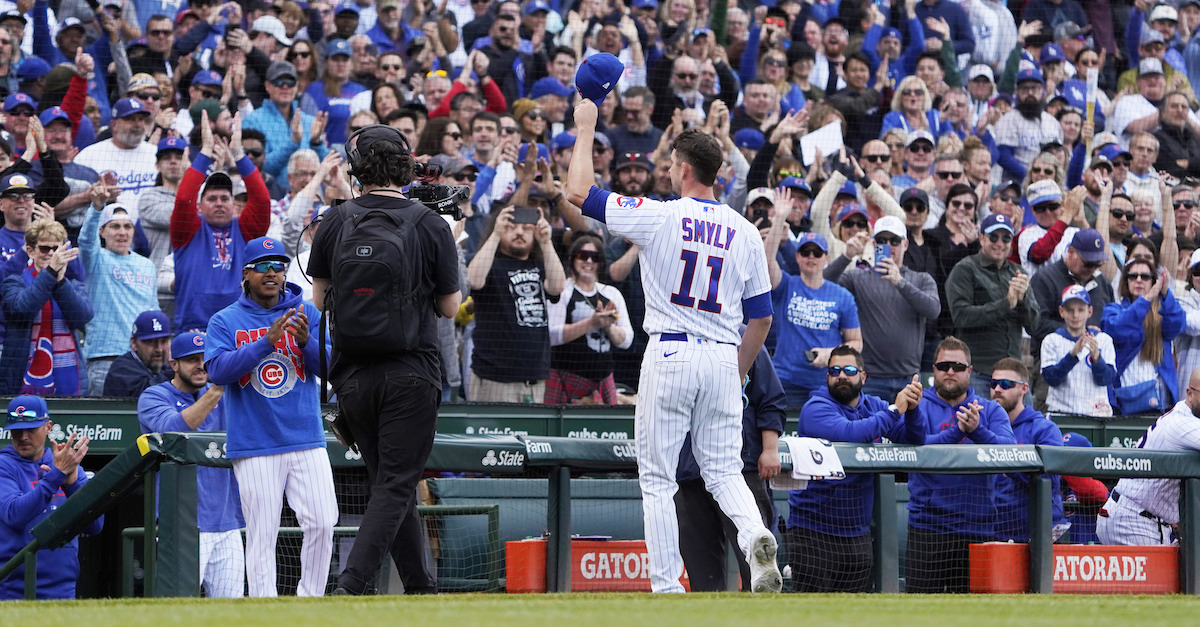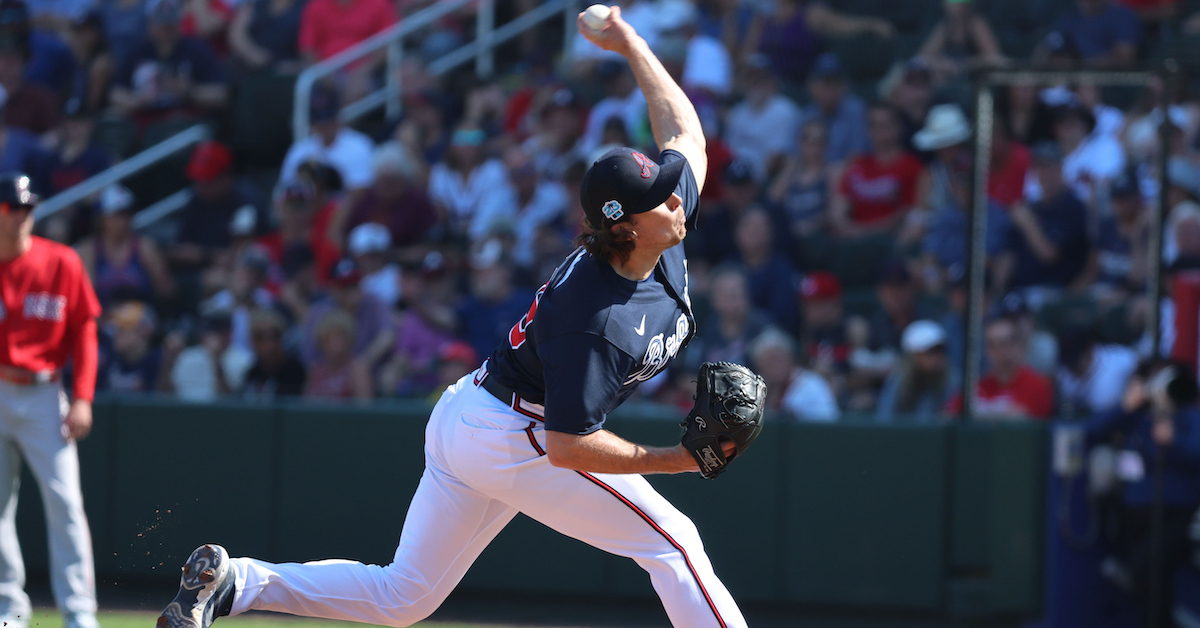Sunday Notes: Andre Pallante Believes in Being Unique
Andre Pallante has a unique delivery and an atypical movement profile. He’s also adept at killing worms. Since debuting with the St. Louis Cardinals last April, the 24-year-old right-hander has a a 64.6% ground-ball rate, which ranks second only to Houston’s Framber Valdez among hurlers with at least 100 innings. This year he’s at 69.4%, behind only Baltimore’s Yennier Cano (minimum 15 innings). Making those numbers especially notable is the fact that Pallante’s primary fastball is a four-seamer. More on that in a moment.
Drafted in the fourth round by the Cardinals out of UC Irvine four years ago, Pallante was a starter throughout the minors, but he’s primarily worked out of the bullpen since reaching St. Louis. All told, he is 8-5 with a 3.34 ERA and a 4.17 FIP over 61 appearances, all but 10 of them as a reliever. And again, his delivery is unique. Last summer, our lead prospect analyst Eric Longenhagen described it as “looking almost more like a tennis serve than a pitcher’s mechanics.”
I asked Pallante for the story behind his pitching motion when the Cardinals visited Fenway Park last week.
“Honestly, I feel like there really isn’t a story,” replied the righty, who is 2-0 with a 4.50 ERA in 16 innings so far this season. “It’s just kind of always how I’ve pitched. For as long as I can remember, it’s how I’ve thrown from the mound.”
There actually is a story. Elaborating, the Mission Viejo native explained that he began long-tossing when he was around 12 years old, this at the behest of his father — “a pretty big in-taker of baseball pitching books” — with a goal of building arm strength. The end result, as Pallante put it, is “pitching mechanics that are kind of from long-toss mechanics, trying to throw the ball up in the air as high and hard as I can.” Read the rest of this entry »






